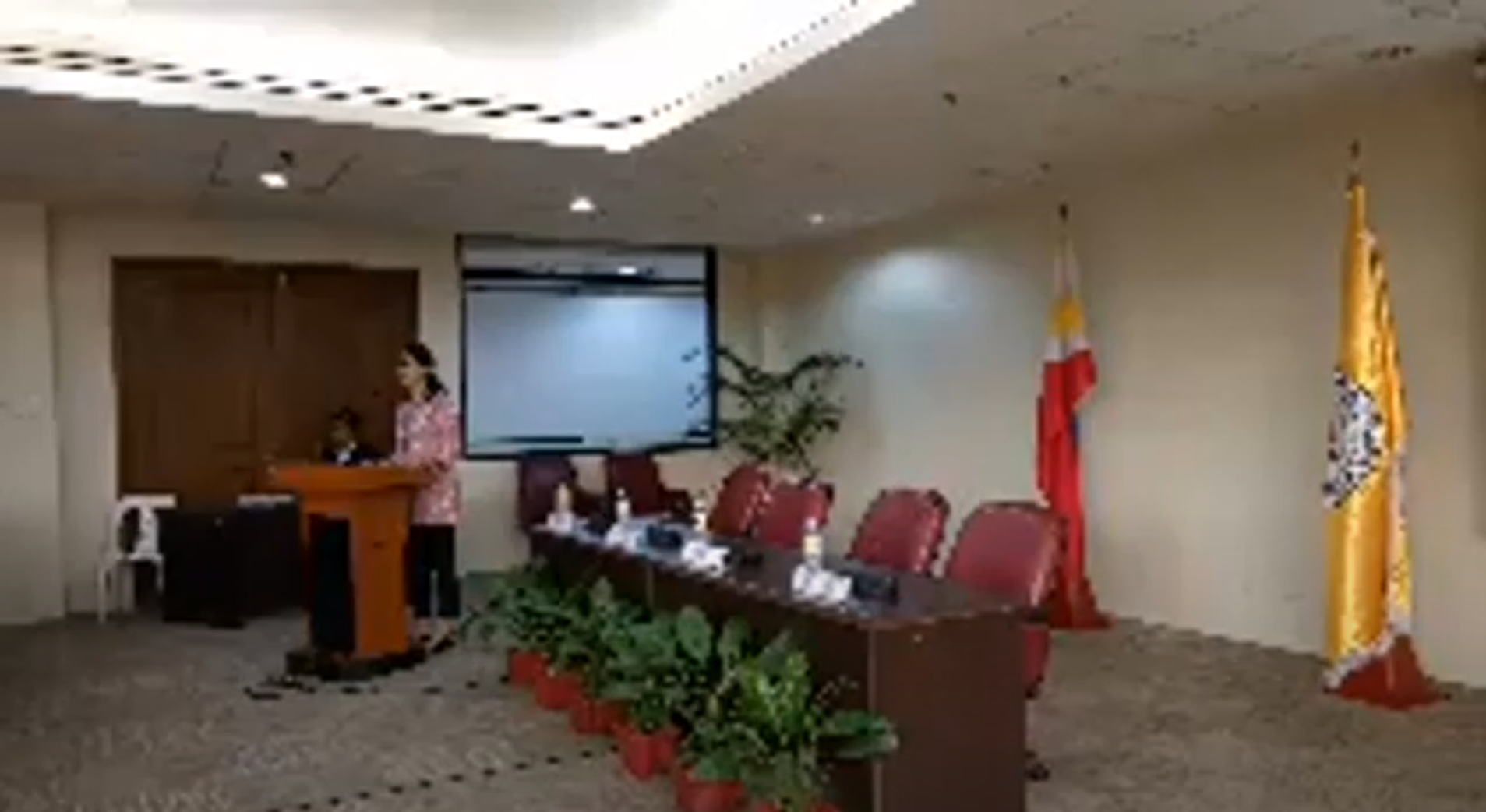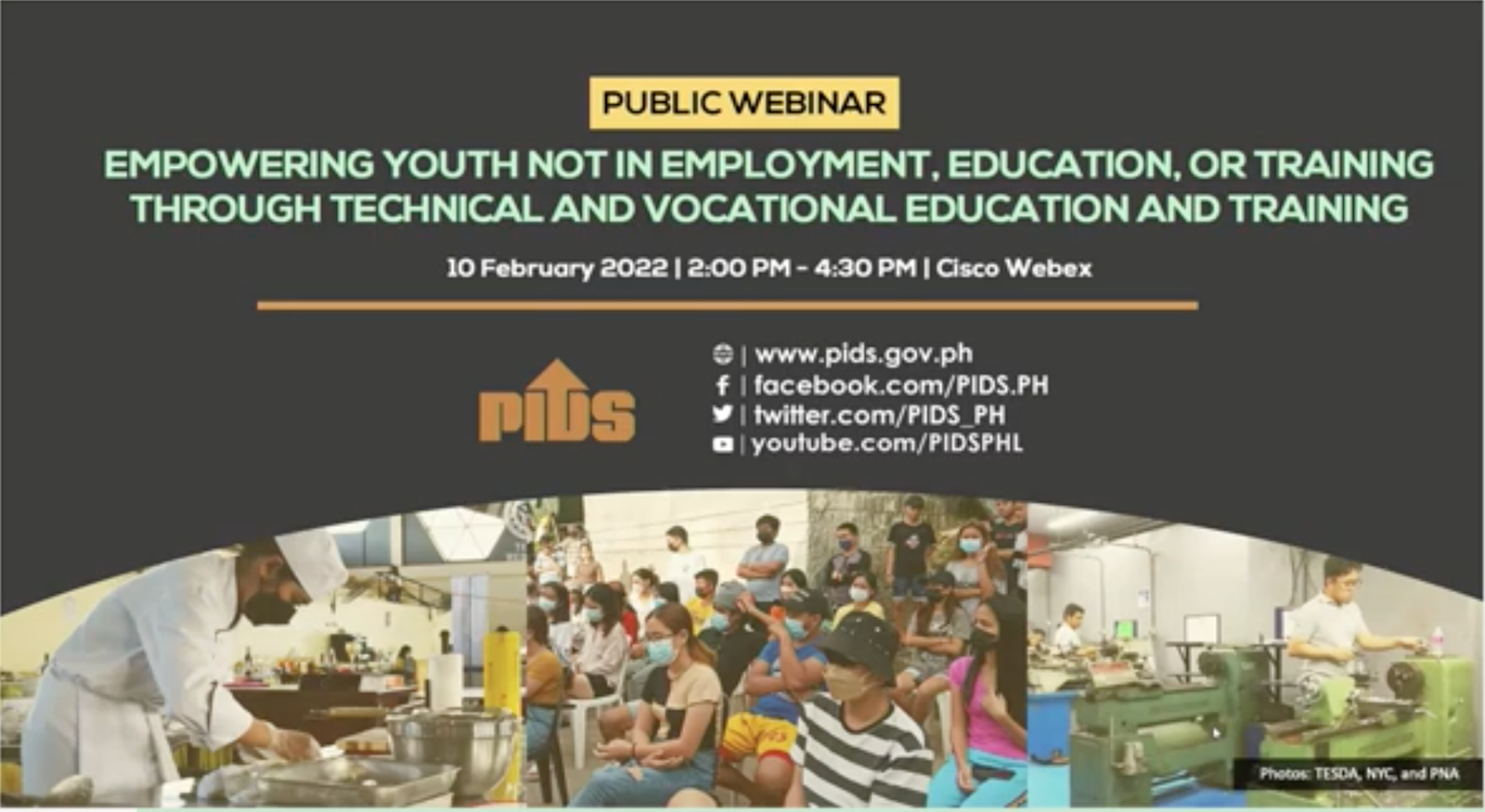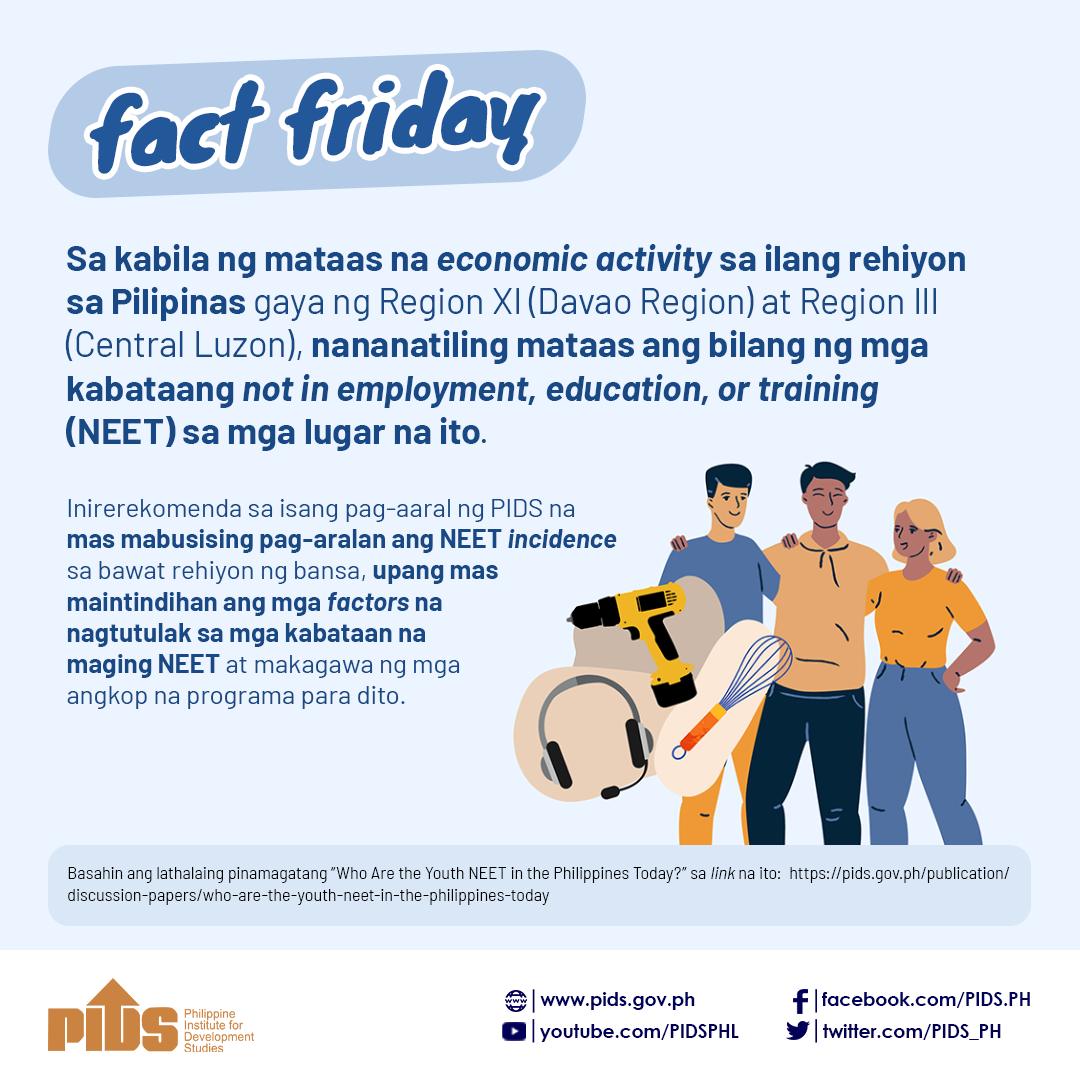The Philippines has not yet given up a proposal to forge a comprehensive free trade agreement (FTA) deal with Taiwan. Amadeo Perez Jr., chairman of the Manila Economic and Cultural Office (MECO), told reporters that while the Philippine side is not in a hurry to forge the proposed Philippine-Taiwan Economic Partnership Agreement (ECA) deal with the Taiwan, it has remained hopeful that the proposal will eventually materialize.
"We are not in a hurry, it (FTA) is still being considered,” Perez said.
According to Perez, the study being conducted by the Philippine Institute of Development Studies is almost finished, but the Department of Trade and Industry would like to study the proposal further. Taiwan is also conducting its own study and both economies will have to determine if the studies would jive with each other. Having an FTA arrangement with Taiwan would be beneficial to the Philippines.
"We have a strong trading relationship with Taiwan,” Perez said. Bilateral trade has been robust. Last year, two-way trade was estimated.at $7 billion of which the Philippines exports were expected to reach $3.5 billion to $4 billion.
But the biggest benefit to the Philippines is the $1 billion monthly remittance from OFWs in Taiwan, Perez said. There are an estimated 90,000 OFWs in Taiwan, making the Philippines the third largest supplier of foreign workers in Taiwan. Several years ago, a geographical free trade zone as proposed between Kaoshiung and Subic and Clark was proposed.
Both sides already started some discussions and studies but the planned FTA zone did not materialize until it was revised to become a comprehensive FTA deal involving the entire country and not just between freeport zones.
A full-blown FTA between the Philippines and Taiwan was explored early in 2013. The PIDS study will determine the parameters of the planned RP-Taiwan ECA. According to Perez, both parties have decided to abandon the earlier Subic-Kaoshiung economic corridor plan because its scope was very limited. Perez said that Taiwanese businessmen want flexibility on where they want to invest and most of them prefer to invest in areas that are close to ports like Batangas and Manila. Taiwanese firms also noted that there are only few ships that call on the Subic port compared to Batangas and Manila.
Talks for the establishment of the proposed Subic-Clark-Kaohsiung Economic Corridor started almost a decade ago with both parties already being close to signing the agreement during the 13th Philippines-Taiwan Joint Economic Conference (JEC) in December 2005.











